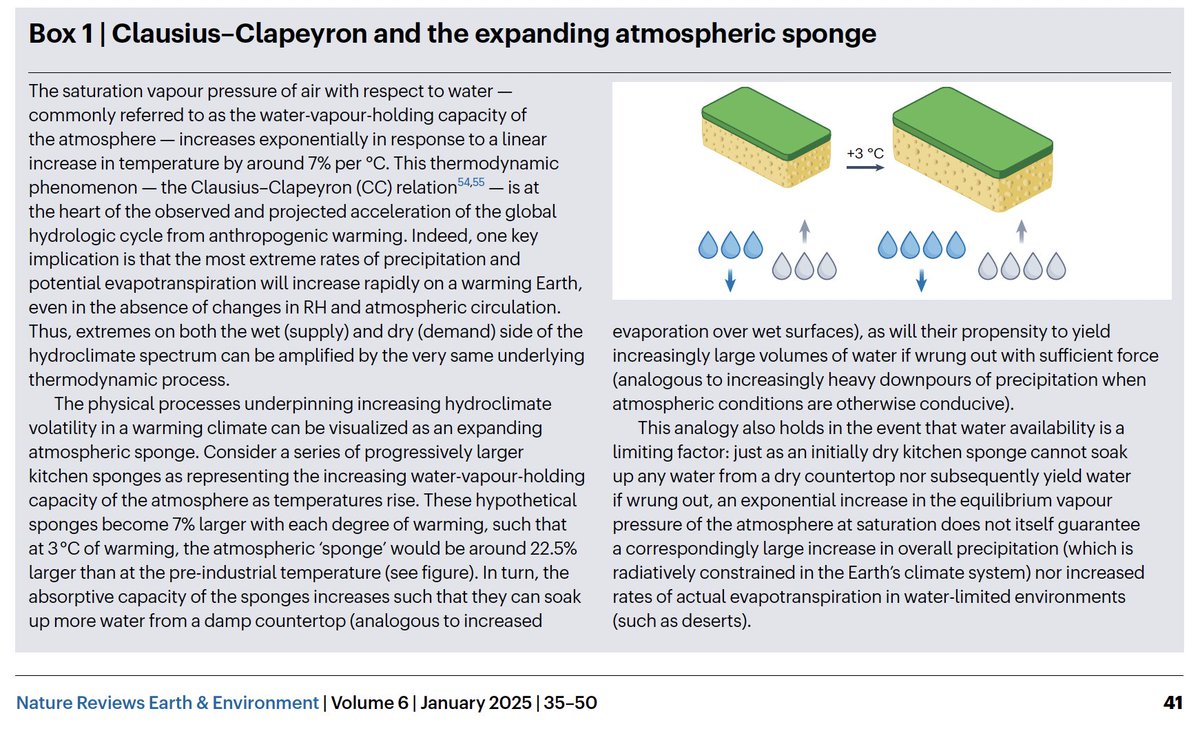Much of CA & NV has had a fairly mild start to summer--especially in the northern third of state, which even received some late-season precip and some locally below average temperatures over the past month or so. Well, that's all about to change across the interior... #CAwx 

A huge ridge of high pressure will expand westward from its current position near center of continent (where it has been bringing record heat to Texas). This will bring an extremely broad region of hotter than usual temperatures to the entire western 2/3 of the country. #CAwx
While a persistent Four Corners ridge, plus hot temps, are typical for mid summer--this ridge will be significantly broader & stronger than usual even for mid-late July. By late July, much hotter than usual temperatures could extend from Pacific Coast to Great Plains! #CAwx 

At this time, it is not entirely clear just how hot it will get. Prolonged extreme heat, possibly record breaking, will be possible in some portion of western 2/3 of U.S. during this period. But at the moment, that looks more likely over Great Plains vs West Coast.
In California, the first wave of heat will affect the interior this weekend before relenting somewhat by mid-week. But the secondary heat peak beginning around 10 days from now and continuing for at least 7+ days may be much more consequential and prolonged. #CAwx #CAfire 

This heatwave will be remarkable more for its great spatial extent and duration as opposed to its maximum intensity (though again, that could perhaps change, as some ensemble members are suggesting the potential for even hotter conditions). #CAwx #CAfire 

The combination of widespread hotter-than-usual conditions and a depressed monsoon over the next ~2 weeks will likely accelerate fire season across drought-stricken interior western forests, including the Sierra Nevada. #CAfire 

• • •
Missing some Tweet in this thread? You can try to
force a refresh










